Fred Hutchinson Cancer Research Center biostatistician Dr. Ruth Etzioni was just named the inaugural recipient of the Rosalie & Harold Rea Brown Endowed Chair. The new endowed chair will help advance Etzioni’s population science research, which focuses on cancer screening and early detection, particularly in breast and prostate cancers. Etzioni is also a UW affiliate professor of biostatistics.
In the News




Elizabeth “Betz” Halloran, professor of biostatistics, is quoted in this piece about pharma companies using different playbooks to test their Covid-19 shots, noting the first team to claim victory may not have the best formula.


When the pandemic hit, Fred Hutch biostatistician and UW Affiliate Professor of Biostatistics Ruth Etzioni began to put her modeling chops to work on outmaneuvering COVID-19. “In a way, I feel like I’ve become a model whisperer,” she said.
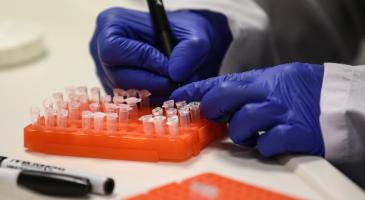
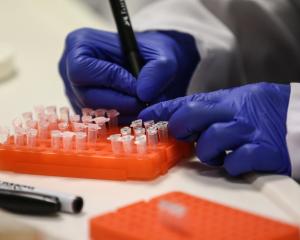
Holly Janes, affiliate professor of biostatistics and a biostatistician at the Fred Hutchinson Cancer Research Center, is quoted in this article that answers frequently asked questions about large-scale vaccine efficacy studies.


Associate Professor of Biostatistics Adam Szpiro is part of the team using a high-resolution model to study the impact that air pollution may have on cognitive decline and dementia.

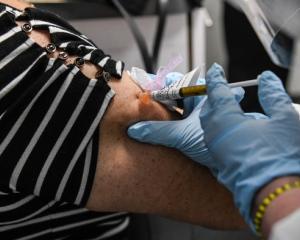
The trick to delivering fast answers on vaccine safety and efficacy is to enroll large numbers of people, says Peter Gilbert, a biostatistician at the Fred Hutchinson Cancer Research Center and a UW research professor of biostatistics.


For nearly 50 years, a statistical omission tantamount to data falsification sat undiscovered in a critical study at the heart of regulating one of the most controversial and widely used pesticides in America. Lianne Sheppard, a professor of biostatistics and environmental health in the UW School of Public Health is the study’s lead author.
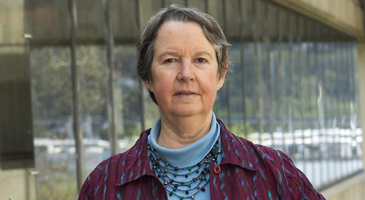
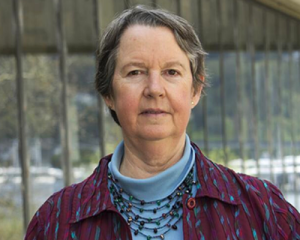
Lianne Sheppard, professor in UW Departments of Environmental & Occupational Health Sciences and in Biostatistics honored by fellow scientists and receives the Research Integrity Award from the International Society for Environmental Epidemiology.